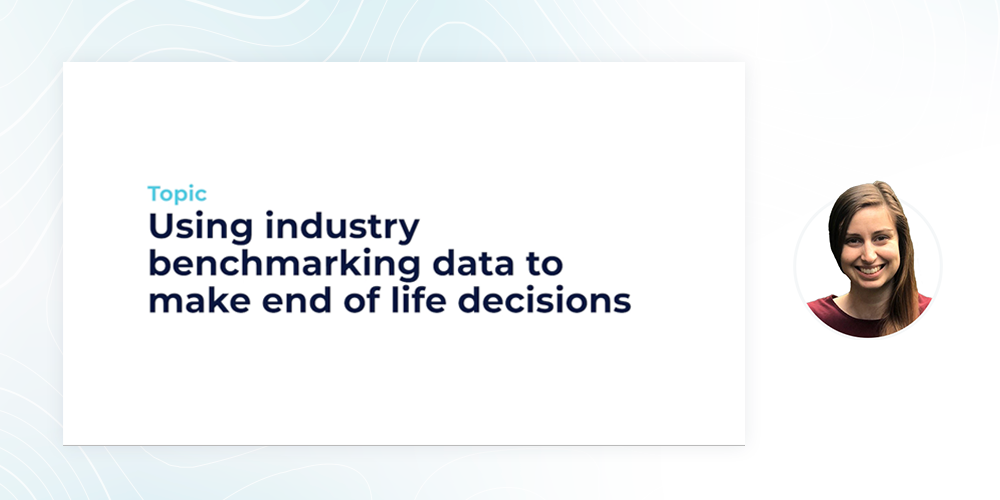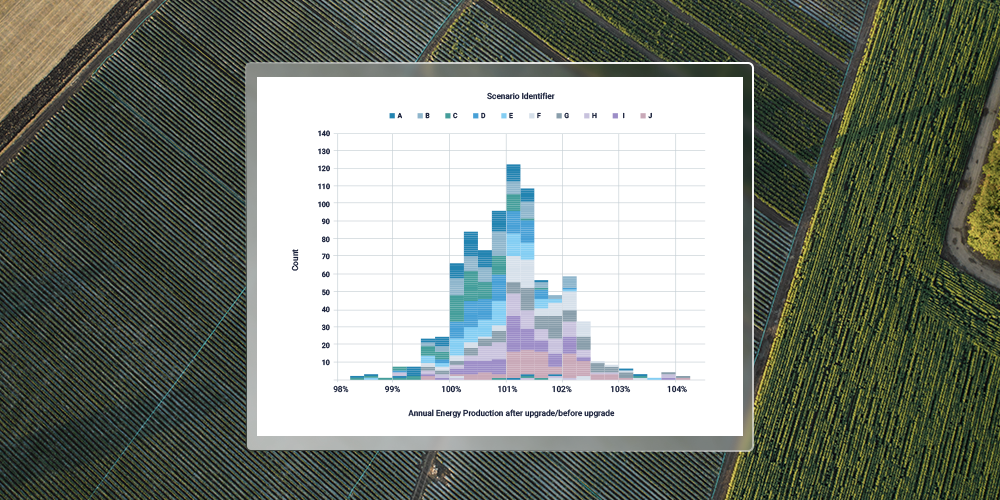Key assumptions across the wind energy project lifecycle are being made based on limited data. Considering that the industry creates vast amounts of data, these insights could be leveraged to drive asset value. The issue is that many owners and operators struggle to put the data in context in order to derive results. Leveraging industry benchmarking data can help owners make informed, data-driven end-of-life decisions for their wind energy projects.
End-of-life decisions
As turbines age, owners are forced with the decision on what to do with the asset when it reaches end-of-life and production begins to decline. Options often include:
- Life extension upgrades and replacements.
- Repowering assets.
- Decommissioning projects.
Owners need data to inform when to make these decisions and what will bring the most value to their projects. Industry benchmarking can help owners make data-led decisions around repowering assets, as well as life extension upgrades and replacements.
OEM availability data
As an industry, we know the general availability trends, but as turbine technology advances, it's imperative to be able to see the smaller differences between OEMs to help you make informed decisions and understand how your asset will perform. Comparing availability by OEMs or industry average allows you to understand how your OEM selection will impact availability over the lifetime of the asset. It can also help owners understand when they should begin making end-of-life decisions.
Component risk data
Understanding component risks by OEM can help you select which OEM to repower with, as you can understand what components are the highest risk for each OEM. Some components can be costly to repair, thus it's important to balance costs and risks.
Component risk over time allows you to see when the asset will experience component failures across its lifecycle. Combining this with data on the specific component risks allows for better repowering decision making, as well as enabling smarter operations and maintenance decisions.
End-of-life metrics
Clir leverages 200 GW of operations and risk data for end-of-life decisions. In addition to OEM availability data and component risk data, owners can understand:
- Turbine, balance of plant, and grid availability.
- Loss factors: sub-optimal performance, icing, curtailment, etc.
- Regional risks and availability.
- Areas for optimization.








